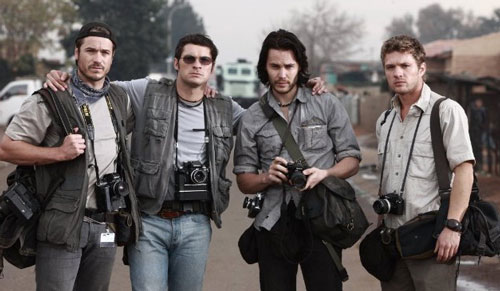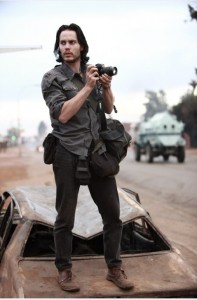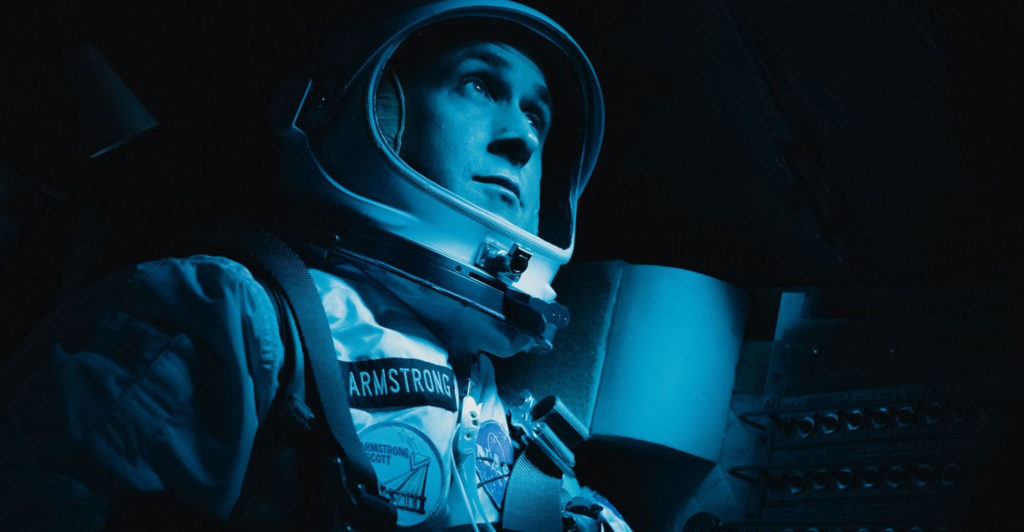
The Bang Bang Club is a film of halves: one of them a harrowing recreation of a turbulent period in SA history, the other an unconvincing “brumance”. Muddling through the middle of these two genres, the film never really ignites the way one would expect given the explosiveness of its source material.
Based on Greg Marinovich and Joao Silva’s book, The Bang-Bang Club: Snapshots from a Hidden War, the film chronicles the experiences of four photographers working in the townships during the last years of apartheid. Though the Canadian-SA production clearly has noble intentions, many of the compromises it makes rob it of its power.
The Bang Bang Club is a technically accomplished film. SA-born director Steven Silver’s experience as a documentary maker shines through in his visceral handheld camera work.
Using the iconic photographs for guidance, he brings you up close to the violence that gripped the townships during the country’s transition to democracy. Silver’s gaze on the third force-fuelled conflict between Inkatha and the ANC as well as its consequences is unflinching. At its best, the film is a gut-wrenching reminder of the history that still scars the country.

Where the film falls spectacularly short is in its attempts to frame this history with a dramatic narrative. The book’s perceptive meditation on the way the photographers were marked by the violence they saw does not translate well into the film. One exception is the sensitive handling of Carter’s breakdown and suicide following his Pulitzer Prize win for his famous photo of a vulture stalking a child in Sudan.
The four photographers — Marinovich, Silva, Kevin Carter and Ken Oosterbroek — are shown as chasing “bang-bang” in the day and sex and drugs at night as eagerly as surfers chasing waves. There was undoubtedly an element of machismo in the way they threw themselves into dangerous situations in pursuit of the perfect picture.
But reducing them to a brotherhood of adrenalin junkies seems unfair. What we end up with is something like Point Break with cameras rather than surfboards. The moral and ethical questions that haunted Carter and the other photographers are dealt with in a cursory manner only.
Was it wrong for the photographers to profit from the suffering they documented? When should they have stopped spectating to help the people they were photographing? Did their pictures of township killing harm rather than help the anti-apartheid movement? The film raises the issues, but doesn’t really engage with them.
Some of the liberties that the script takes with the truth for dramatic effect are also troublesome, given that we’re talking about recent history. In the film’s relation of events, photographer Abdul Shariff is depicted as a rookie who dies in a shooting after Marinovich invites him to ride with the Bang-Bang Club. In reality, Marinovich was in Somalia when Shariff died.
There are also questions about the way that the film portrays a romance between Marinovich and The Star’s pictures editor Robin Comley. Critic Peter Feldman, who worked at The Star at the time of the Bang-Bang Club, for one believes that this affair did not take place. It rankles that the facts have been tinkered with to create a more commercially palatable film rather than to try and tell a large truth about the events or the characters.
The Bang Bang Club trailer (via YouTube):
http://www.youtube.com/watch?v=XcQ58us2WSo
Much of the dialogue and many of the accents will jar for SA viewers. The script lays the “howzits” and “chinas” on thick to give it an authentic flavour, but it never really captures the cadences of white SA speech. Most of the acting is okay, accents from the North American actors aside.
The blank Ryan Phillippe, who is good at playing preppy sociopaths and little else, is rather flat as Marinovich but at least his SA accent doesn’t offend too much. The same can’t be said for the comely Malin Akerman as Comley and Taylor Kitsch as Carter, both of whom trip over the notoriously tricky local accent.
We don’t get too much of a sense of who Oosterbroek and Silva are from the film. They are ably played by SA actors Neels van Jaarsveld and Frank Rautenbach, but are not given as much screen time as the international stars.
In its most compelling moments, The Bang Bang Club hits hard with some truths about the SA situation. But the film isn’t faithful enough to the facts to be completely successful as a documentary and its characterisation and plotting are too thin for it to work as a drama. Tellingly, the most powerful part of The Bang Bang Club is the reel of the photographers’ pictures displayed over its closing credits. — Lance Harris, TechCentral
- Read Time magazine’s Kevin Carter profile
- Subscribe to our free daily newsletter
- Follow us on Twitter or on Facebook




